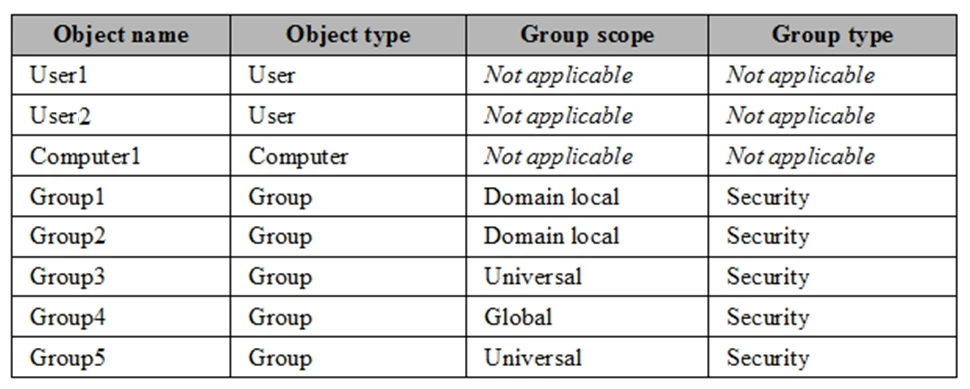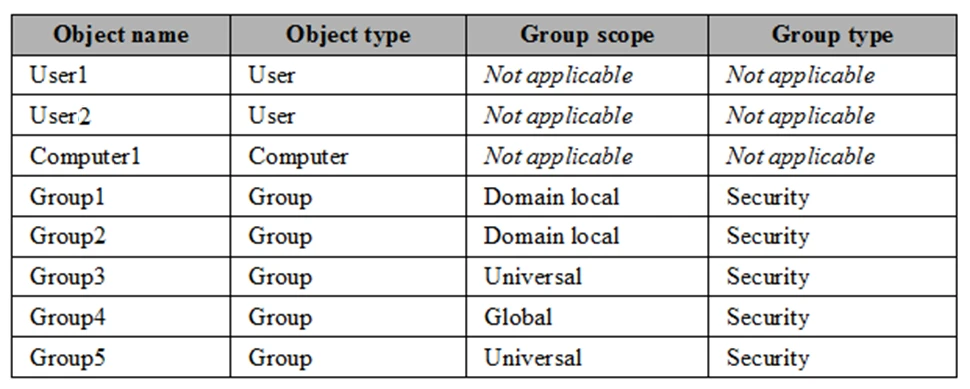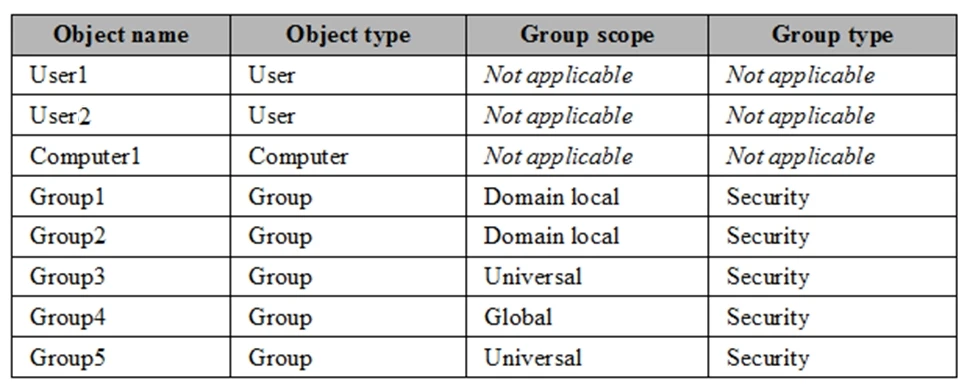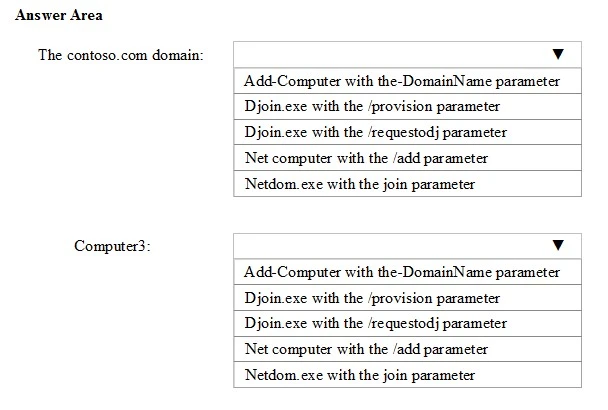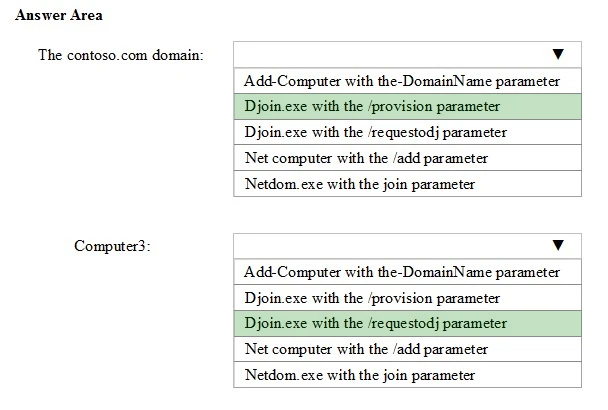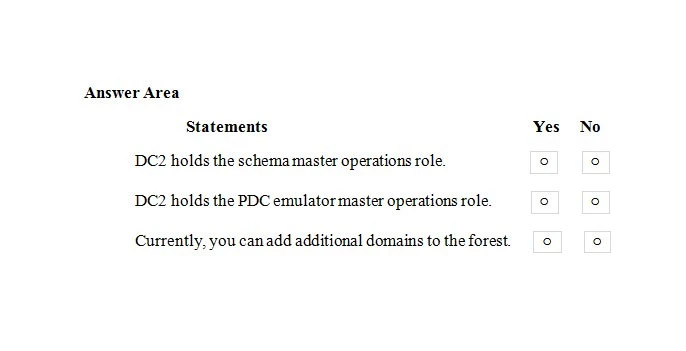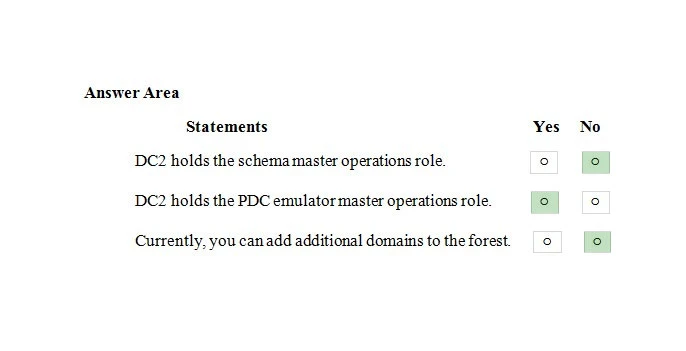Identity with Windows Server 2016
Here you have the best Microsoft 70-742 practice exam questions
- You have 266 total questions to study from
- Each page has 5 questions, making a total of 54 pages
- You can navigate through the pages using the buttons at the bottom
- This questions were last updated on December 25, 2025
- This site is not affiliated with or endorsed by Microsoft.
